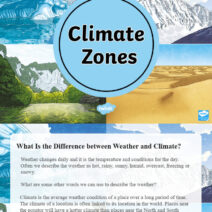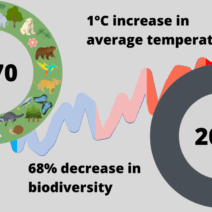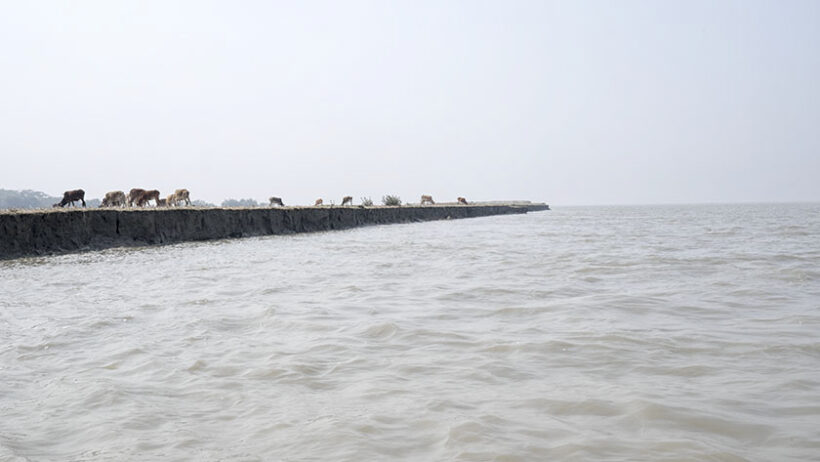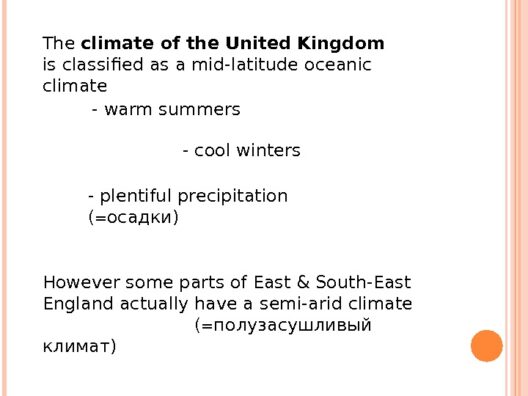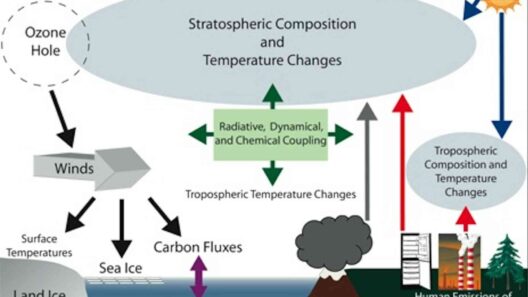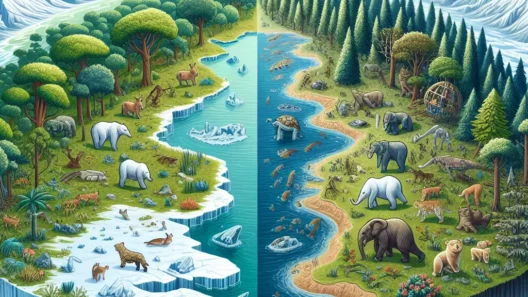As climate change continues to exert its influence across the globe, the alarming prospect of mass flooding due to rising sea levels looms large. In recent decades, scientists have documented a consistent trend of rising ocean levels, a phenomenon primarily driven by the dual forces of glacial melt and thermal expansion of water. The ramifications of this gradual yet inexorable ascent are profound, posing existential threats not only to coastal communities but also to ecosystems and economies worldwide.
To understand the gravity of the situation, it is crucial to recognize the mechanisms that underpin sea-level rise. Glacial and polar ice melt, particularly from the Greenland and Antarctic ice sheets, contributes significantly to the volume of water in our oceans. According to the latest research, these ice reserves are in a state of accelerated decline. The summer of 2021, for instance, saw unprecedented ice loss, as warmer temperatures induced rapid melting. This transformation of formerly stable landscapes into flowing water significantly contributes to the phenomenon known as the “global sea-level rise.”
However, rising temperatures are not the sole culprits. The waters of the Earth expand as they warm, a situation exacerbated by climate change. Thermal expansion has already added a measurable amount to sea levels and will continue to do so as global temperatures rise. The interplay between glacial melt and thermal expansion creates a situation where rising seas are not a possibility; they are a certainty.
The implications of mass flooding resulting from rising seas are multifaceted. Coastal cities such as Miami, New Orleans, and New York find themselves at the forefront of this crisis. As sea levels rise, these urban centers face the threat of frequent and severe flooding. Residents may discover that their neighborhoods, once deemed safe and secure, transform into vulnerable landscapes subject to tidal encroachment. Infrastructure will face challenges like never before; roads, bridges, and utilities designed to withstand minor storm surges will likely prove inadequate against the deluge of advancing tides.
The magnitude of flooding associated with rising sea levels extends far beyond mere inconvenience. Economically, the toll could be staggering, with damages potentially reaching trillions of dollars. Property values in coastal areas are already showing signs of decline as prospective buyers hesitate to invest in properties under threat of inundation. Insurance companies, likewise, are becoming increasingly aware of the risks, reshaping their pricing models and even retreating from high-risk areas altogether.
Beyond the immediate dangers to infrastructure and economy, we must consider the broader humanitarian issues at play. As communities grapple with rising waters, those living in low-lying coastal regions may be compelled to relocate, effectively becoming climate refugees. The migration of families, inspired by the need for safety and stability, ushers in a host of social challenges. Tensions may rise over territorial disputes and resources, compelling societies to confront the realities of displacement and inequality.
The environmental consequences of mass flooding should also be examined critically. Saltwater intrusion into freshwater systems can devastate local agriculture, disrupting food supplies and threatening livelihoods. Loss of wetlands, which act as natural barriers against storm surges, only exacerbates vulnerability. Thus, the interconnections between climate change, rising sea levels, and ecological degradation underscore a potential catastrophe that merits urgent attention and action.
Interestingly, societal fascination with the phenomenon of mass flooding often centers on its aesthetic and narrative components. The imagery of once-thriving urban areas submerged in water captivates our imagination, blending reality with dystopian fiction. This fascination might stem from a psychological tendency to visualize loss through the lens of artistic expression, yet it also masks the gravity of the impending disaster. The ethereal beauty of drowned landscapes should not overshadow the urgent conversations we need to have about mitigation and adaptation.
Addressing the challenges posed by rising seas requires multifaceted approaches. Globally, governments and organizations must prioritize sustainable practices that reduce greenhouse gas emissions. Policies that foster renewable energy development and responsible land use can help mitigate the broader climate crisis that drives sea level rise. Simultaneously, coastal communities must invest in adaptive infrastructure, such as sea walls and upgraded drainage systems, to enhance resilience against flooding. However, these tactics cannot stand alone; they must be part of inclusive planning efforts that engage affected populations and consider their unique experiences and needs.
Moreover, effective communication about these issues is vital. The dialogue surrounding mass flooding must include scientific insights, community perspectives, and candid acknowledgments of the complex socio-economic fabric tied to climate change. This holistic approach fosters awareness and encourages proactive behavior, compelling individuals and communities to comprehend the implications of their actions and stand united in addressing the crisis ahead.
Finally, as we navigate the myriad facets of rising sea levels and their potential to induce mass flooding, it is essential to remember that adaptability is not merely a reactionary tool. Instead, it is a necessary philosophy that can drive innovation and foster a culture of resilience. The tumultuous waters of our future will require us to think critically, advocate passionately, and act decisively to safeguard the planet we inhabit.
In conclusion, while we cannot escape the reality of rising seas, we can prepare for them through informed decision-making, comprehensive planning, and societal cohesion. Only by embracing these solutions can we truly face the challenges that await us, turning the tide in favor of a sustainable and secure future for generations to come.
